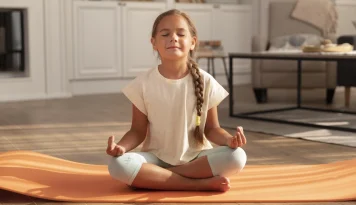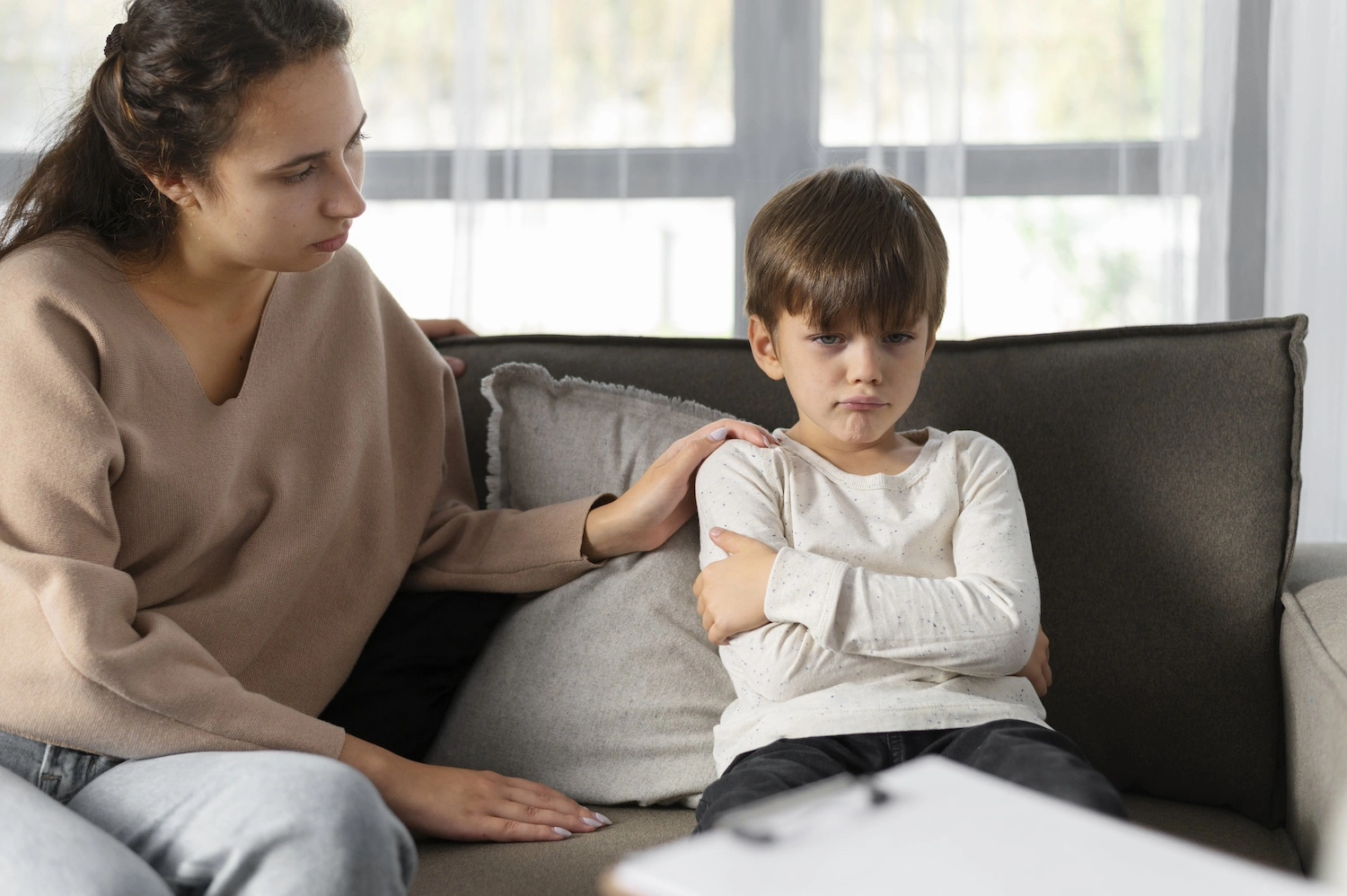Attachment therapy is a therapeutic approach based on attachment theory, initially developed by John Bowlby and further expanded by Mary Ainsworth. It focuses on understanding how early emotional bonds—especially with primary caregivers—affect current relationships and emotional well-being.
When we think about attachment, we usually think of babies bonding with their caregivers. However, attachment doesn’t just happen in childhood. It continues throughout life and affects how we connect with others, communicate, and handle challenges in adult relationships. Many people have early attachment wounds that do not fade as they age. Instead, these issues can appear in romantic relationships, friendships, work situations, and how we see ourselves.
In my work with adults, I focus on helping them identify and heal from insecure attachment styles, such as:
Anxious attachment: characterized by a deep fear of abandonment and a craving for closeness.
Avoidant attachment: marked by emotional distance and discomfort with intimacy.
Disorganized attachment: involving a push-pull dynamic, often linked to trauma or inconsistent caregiving.
Why it Matters in Adulthood
Unresolved attachment wounds can contribute to:
Patterns of unhealthy or unfulfilling relationships
Anxiety, depression, or low self-worth
Difficulty trusting others or setting boundaries
Fear of intimacy or being "too much"
What Happens in Attachment-Based Therapy?
I strive to provide a safe space where adults can explore these patterns with curiosity and compassion. This can include:
Exploring family-of-origin dynamics
Identifying emotional triggers and responses
Building emotional regulation skills
Practicing vulnerability and boundary-setting
Developing secure relationships
A significant part of healing occurs within the therapeutic relationship itself. My goal is to serve as a consistent, attuned presence, modeling the secure attachment that was often absent in earlier life.
Healing is Possible
We are wired for connection, and healing occurs within it. Attachment therapy can transform your journey, helping with relationships, anxiety, and self-understanding. Instead of blaming the past, it focuses on understanding it, fostering a future built on trust, safety, and meaningful connections.
References
Johnson, S. M. (2019). Attachment theory in practice: Emotionally focused therapy (EFT) with individuals, couples, and families. The Guilford Press.
Johnson, S. M. (2020). Hold me tight: Seven conversations for a lifetime of Love. Little, Brown Spark.





